Please welcome my guest poster today, author Elsa Marston who is my resident Middle Eastern Children’s literature go to! She has a list of recommended books for kids and teens at the bottom of the post.
————
Lately, we’ve been reading about terrorist actions by Muslims in Europe and other places, events that have again raised anger and confusion. Are Muslims really committed to hostility toward other religions? Or do most Muslims want to find common ground and live together with non-Muslims, without fear or threats?
The “common ground” answer is what I personally believe in, and what I try to convey in my books and stories. My two most recently published books, both by Wisdom Tales Press, are completely different in genre—one a YA historical biography, the other a picture book for much younger children. Yet they’re both, at heart, about the same thing: bridging the gap and finding ways to walk together.
THE COMPASSIONATE WARRIOR: ABD EL-KADER OF ALGERIA is about a man whom the New York Times, in his day, described as “one of the few great men of the century.” A young scholar, a Muslim mystic from a prominent Arab family known for their piety, he was quiet and studious. But when the French army invaded Algeria in the 1830s, he soon found himself leading the resistance—and proved a remarkable military leader and political strategist.
For 15 years, Abd el-Kader and his tribal warriors fought the French, carrying on dramatic guerilla-type campaigns that earned the admiration of his enemies—and fascinated the public in Britain and even the U.S. Finally, overwhelmed, Abd el-Kader had to give up. The French broke their promises and kept him imprisoned for five years. During this time he became even more of an international celebrity. All sorts of people, high and low, military generals and society ladies, came to meet him, charmed by his intelligence, graciousness, and dignity.
But—wasn’t he a Muslim? He’d been fighting a Christian nation, after all; he’d been defeated, betrayed, and imprisoned by Christians. Didn’t he hate them?
No, Abd el-Kader didn’t put his energy into hatred: that wasn’t the Islamic way, he believed. Instead, he actively sought to learn as much as he could about Christianity—plus modern thought and technology. Several of his closest friends were devout Christians. For the rest of his life, he sought common ground, mutual respect, and understanding among all religions, especially Islam and Christianity.
And Abd el-Kader put his convictions into action. Eventually, he was released from imprisonment and ended up exiled in Damascus. But in 1860, a plot against the Christians of Damascus was contrived by some of the Muslims, aiming to seize Christian property and massacre the population. When trouble broke out, Abd el-Kader, his sons, and others who had followed him into exile managed to save the lives of thousands—possibly as many as 12,000—of the Christians. (Just think of the logistics!) It was, he explained, the humane thing—and the Islamic thing—to do. And it made him even more of an international celebrity. Little wonder that Abd el-Kader’s story—from scholar to resistance fighter, statesman, interfaith bridge-builder, and “saint”—is being seriously considered for a major motion picture.
THE OLIVE TREE, in contrast, is a very simple story about very ordinary people—a boy and a girl in a Lebanese village. Their families are neighbors, with a large old olive tree growing between their properties and dropping its olives into both yards. During “the troubles” (the Lebanese civil war of 1975-1991, a brutal sectarian struggle), Muna’s family left the village because they did not feel safe. The implication is that they were of a different religion from the majority of the village people—most likely Christian vis-à-vis Muslim, although neither the illustrations nor the text is explicit.
Now the war is over and Muna’s family has come back. But they still seem uneasy. Moreover, Muna insists that the olive tree’s fruit belongs to her family because the tree actually grows in her yard. Suddenly the tree is destroyed by lightning, and both families grieve. But when Sameer, although still grudgingly, makes a positive gesture, he finds that Muna responds with unexpected generosity. By quietly working together, they start to break down the barriers.
This story, which I wrote soon after the end of the Lebanese civil war, has won two national awards and several reprintings, and now it’s a book, beautifully illustrated by Claire Ewart. I like to think it says something about what may be the best way to overcome barriers. Not talking, dancing, singing, or eating and drinking together (although of course, they can help!), but hard, sweaty work. Work that both sides realize needs to be done, work that both sides can do together and benefit from equally. In short, the “common good.”
My story “The Olive Grove” (I seem to have a thing about olive trees!) involves no hard, sweaty work; but a few words and looks that lead to recognition. During one of the outbreaks of violence between the Palestinians and the military forces occupying their land, Mujahhid and his friends go out to throw stones at the Israeli soldiers and vehicles. This is his jihad, he feels: fighting the good fight against oppression. His parents, who have already lost one son, feel otherwise and pack him off to stay with relatives in a village. Mujahhid is furious.
Soon, however, he finds that a road, exclusively for Israelis to use, is being built on Palestinian land and will destroy an olive grove on which the villagers depend. He confronts an Israeli soldier. Gradually he realizes that this soldier, while forced to obey orders, also deplores the destruction of the trees. Nothing will save the trees, of course, but this revelation of the Israeli’s emotions and values gives Mujahhid a glimpse of “common ground.” Maybe someday—inshallah, God willing!—he can walk there together with his enemy. (This story is in my collection, Santa Claus in Baghdad and Other Stories about Teens in the Arab World.)
Some other books for children and teens also effectively reveal the interaction between Muslims and non-Muslims on the “human” level. Most of the following titles are about Arabs, particularly Palestinians since I focus on the Arab world.
17 Great Books for Kids and Teens about the Arab World
Picture Books for Kids on the Arab World
Eleven Words for Love: A Journey Through Arabic Expressions of Love by Randa Abdel-Fattah, illustrated by Maxine Beneba Clarke
Arabic has eleven words for love, to describe different types of love including platonic, head-over-heels, soul mate, kindness, and more. A language can express what is important to a culture by the emphasis and variety of words centered around one concept. This picture book shows a family using these different words of love in their own life as immigrants and refugees seeking a new home. [picture book, ages 4 and up]
One Green Apple by Eve Bunting
Farah, with no English, is suddenly in a strange school environment where she has to feel her way very slowly; but on a trip to an apple orchard with a sympathetic teacher and friendly schoolmates, she begins to feel at ease. A simple story of newness, courage, and kindness; my one criticism is that although the unusual word for her head-covering is used, her home country is not mentioned—as though Farah is a semi-generic Muslim. [picture book, ages 4 and up]
My Name is Bilal by Asma Mobin-Uddin
Two Muslim-American kids, new to a small-town community after living in a city, deal with harassment at school by reflecting on the importance of the brother’s name, Bilal—the black slave who became one of the Prophet Muhammad’s first followers, suffered persecution and became the first muezzin (person who calls the faithful to prayer). A meaningful connection between religious background and present-day life, and a demonstration that courage and generosity can overcome ridicule. [picture book, ages 6 and up]
Hamza attends a Janaza by Shabana Hussain, illustrated by Atefeh Mohammadzadeh
What happens at a Muslim funeral? Hamza’s Uncle Sameer has passed away and Hamza is not sure he wants to go to the funeral. Many of the rituals are new to Hamza and he learns about the importance of doing good deeds while living as it is important in the afterlife. [picture book, ages 4 and up]
“When a person dies, all his deeds come to an end except three: sadaqa jaariya (ongoing charity),; beneficial knowledge that others can use; and a righteous child who will pray for him. ”
al-Tirmidhi
Snow in Jerusalem by Deborah DaCosta
Two boys, one Israeli and the other Palestinian Muslim, discover that they have each, independently, been taking care of a beautiful, and opportunistic, white cat—who eventually presents them with enough kittens to share equally. Pretty improbable but so charming, and told and illustrated (by Cornelius Van Wright and Ying-Hwa Hu) with such scrupulous fairness, that it’s well worth reading and discussing in class. [picture book, ages 6 and up]
A Party in Ramadan by Asma Mobin-Uddin
Leena, a Muslim-American, is proud to be old enough to start fasting for Ramadan; but when she’s invited to a birthday party, she finds it challenging to go without a crumb to eat or a drop to drink when all the other girls are enjoying birthday fare. An introduction to the severe challenges—and the spiritual and emotional rewards—that many Muslims find during the Ramadan fast, and also the importance of providing food and fellowship with others, even strangers, as part of the Ramadan feast. [picture book, ages 7 and up]
Middle Grade Books for Kids on the Arab World
That Can Be Arranged: A Muslim Love Story by Huda Fahmy
I’m obsessed with the Netflix show, Indian Matchmaking, so this was a natural fit for me and Huday Fahmy does not disappoint! I didn’t realize that women are expected to get married by the age of 21 in Islamic culture or they are considered past their prime. In Japan, girls past the age of 25 are considered “Christmas Cake” (and I thought that was too young to be considered past their prime for marriage). This is a charming graphic novel of Huda’s love-at-first-sight story. Arranged marriages, like in Asian cultures, are not forced marriages. They are more like personal dating apps. I hope Huda continues her graphic novel about being a newlywed because now I am fully invested in her relationship.
I think this is a perfect read to learn more about the Muslim religion. It has the perfect balance of humor and tension. The large font and limited text on the page also make this appealing to reluctant readers. [graphic novel, ages 8 and up]
Fight Back by A.M. Dassu
Review by Ms. Yingling Reads:
“Aaliyah’s challenges with her friends are very realistically portrayed, and I loved the fact that this was upper middle grade since she was able to have a lot of freedom that a younger child would not. Her reasons for wanting to wear the hijab are well-considered, and this decision is something that a lot of middle school-age readers will be considering. The book moves quickly and has a lot of thought-provoking topics.” [middle grade, ages 8 and up]
The Wonders We Seek: Thirty Incredible Muslims Who Helped Shape the World by Saadia Faruqi, Aneese Mumtaz, and illustrated by Saffa Khan
Review by Ms. Yingling Reads:
“Arranged in order of year of birth and accompanied by beautiful illustrations, this collective biography is painstakingly researched and gives brief overviews of a wide range of Muslim pioneers from all over the globe. Farqui starts the book with information about how hard it is to find biographies about Muslims, even though this community has a long history of innovation and interest in science and arts. This has been largely ignored in Western civilization, and it can be difficult to find any personal information on some of these groundbreaking people. Since she wanted to include people whose influence stretched beyond their own country, some people who might be controversial are included.” [middle grade biography anthology, ages 8 and up]
The Secret Grove by Barbara Cohen
By chance, two young boys, Israeli and Arab, meet each other in a semi-rural setting and gradually gain enough confidence to admit that each side’s schools try to teach their children to denigrate and despise the other. The only book I know of that faces this question of “teaching children to hate” and admits that Israel is guilty, and does it with sensitivity. [middle grade, ages 8 and up]
Where the Streets Had a Name by Randa Abdel-Fattah
On a mission of mercy—to bring back soil from Jerusalem to please her dying grandmother—Hayat defies and evades the Israelis’ strictly enforced regulations that prevent most Palestinians from visiting Jerusalem. A contrast between Palestinians’ usual experience of military occupation and their encounters—in some circumstances—with Israelis who oppose the occupation and seek justice for the Palestinians. [middle grade, ages 8 and up]
The Garden of My Imaan by Farhana Zia
Aliya feels she’s doing all right, fitting in at school as a Muslim-American; but when a new girl comes to town, with a much deeper devotion to her faith, Aliya starts to explore her own spiritual life more consciously. A lively, likable picture of a Muslim-American family and a girl at the age when best friends are critical and the community they belong to doesn’t much matter, so long as they’re nice. [middle grade, ages 9 and up]
Saving Kabul Corner by N. H. Senzai
Ariana finds it hard enough to put up with her cousin, newly arrived from Afghanistan and quite “perfect,” and now the rivalry between her family’s grocery and another Afghan shop has turned violent—which gives the girls a reason to close ranks and solve a mystery. A good picture of Afghan immigrants, still carrying feuds from the old country as they try to fit into a diverse Californian community. [middle grade, ages 9 and up]
Habibi by Naomi Shihab Nye
Liyana, an American, visits her Palestinian father’s natal village in the West Bank, is fascinated by customs and behavior, adores her grandmother, falls in love with a Jewish boy, and observes (for the first time in any mainstream American-published book for young people, I believe) the brutal treatment of the Palestinians under military occupation. The book—a “must”—whose success opened the door to further writing and publishing of literature from a point of view favorable to the Palestinians. [middle grade, ages 10 and up]
Running on Eggs by Anna Levine
In Israel, a Palestinian girl and an Israeli girl run on the same school track team and train together—but secretly, because their respective families and communities would disapprove. A glimpse of Muslim-Jewish relations within Israel (where at least a fifth of the Israeli population is not Jewish), shown as somewhat tense—but in this story resolved by the communities finding a way to work together (hard, sweaty work). [middle grade, ages 10 and up]
The Shepherd’s Granddaughter by Anne Laurel Carter
In a rural Palestinian village, where Amani longs to take over her family’s sheepherding, she soon finds that an Israeli settlement is being built nearby and threatens their very existence. An example of Muslim Palestinians’ interaction with both Israeli soldiers and settlers determined to drive the Palestinians from their land and with Israelis opposed to the occupation and injustice. [middle grade, ages 11 and up]
The Terrorist by Caroline Cooney
When a cruel act of terrorism in London kills Laura’s younger brother, she suspects an Arab student at her international school; but he turns out to be one of her most loyal supporters. A well-plotted thriller in which, despite earlier doubts, a Muslim and a non-Muslim work together as friends. [middle grade, ages 11 and up]
The Enemy Has a Face by Gloria Miklowitz
When Netta’s older brother suddenly disappears, while the Israeli girl is living with her family in Los Angeles, she immediately suspects Laith, a Palestinian exchange student: after all, she argues, all Palestinians hate all Israelis, don’t they? A complex and surprising mystery, with a character set-up that seems part of the Israeli-Palestinian conflict (a Palestinian young man almost automatically suspected of wrong-doing). But note: although Laith proves trustworthy, the other Palestinian teenagers who appear briefly in the story are thoroughly nasty, and reinforce stereotypes. [middle grade, ages 11 and up]
Young Adult Books for Tweens and Teens on the Arab World
Does My Head Look Big in This? by Randa Abdel-Fattah
Amal, Palestinian-Australian, dithers about her decision to wear a headscarf (hijab, “cover”) as a mark of her Muslim faith; but she goes ahead in spite of fears of social calamity and not knowing how to act with that heart-throb guy at school. A peppy, funny, but down-to-earth, and sensitive story about reaching out to others while finding one’s own values, written in a great “teen” voice. [young adult, ages 12 and up]
Samir and Yonatan by Daniella Carmi
Samir, a Palestinian boy, has been injured and finds himself in an Israeli hospital, where he must adapt to his situation and learn how to overcome differences with the Jewish kids in his ward. An early (originally published in Hebrew, 1994) presentation of a Palestinian Muslim child’s viewpoint, fair and thoughtful. [young adult, ages 12 and up]
Ten Things I Hate About Me by Randa Abdel-Fattah
They live in Australia, but Jamilah’s Lebanese father has such unfair ideas about what she can and can’t do, she has to lead a double life to keep up with her high school friends—and especially to play in a band with boys. A lively view of a highly diverse society, with its cultural riches—and vulnerability to bigotry and racist discrimination. [young adult, ages 12 and up]
Borderline by Allan Stratton
When the FBI closes in on Sami’s Iranian-American family in upstate New York, and Sami’s own suspicions about his scientist father begin to mount, his problems of fitting in at school seem minor. A first-rate thriller that faces the question of discrimination against “the Other” as effectively as it tells a surprising story. [young adult, ages 12 and up]
Sisterland by Linda Newbery
As her own comfortably-British family’s long-guarded secrets start to emerge from the mists of suppressed memory, Hilly finds herself falling in love with a Palestinian medical student, who tells her about life under Israeli military occupation. A realistic coming-of-age story, interwoven with the discovery of identity and the pains of violent prejudice. [young adult, ages 13 and up]
Dahling If You Luv Me Would You Please, Please Smile? by Rukhsana Khan
Zainab, a Pakistani-Canadian girl has to deal with a bossy older sister (who uses the Koran to justify her authority), while finding her own way to assert her identity at school, and helping a local girl in a bad home situation. Funny and serious, a rare look at a Muslim family at home, with the tensions and satisfactions to be expected in most families—as well as a creative fitting-in-at-school resolution. [young adult, ages 13 and up]
More books like these are badly needed—along with attention to books about Arab/Muslim societies in any discussion of multicultural literature. Ignoring the enormous part of the world where most of these societies are found, simply because they don’t fit the usual definition of “people of color,” makes no sense at all. The U.S. is intricately bound up in the Middle East, and for our own good, we should get to know the people who live there. Compared, however, to the lack of high-quality books about Arabs and Muslims as recently as ten or fifteen years ago, today we’re on the right track. I hope my comments will help teachers, librarians, and others looking for books that reveal relations between Muslims and non-Muslims in a way that’s accurate and positive, fair and well-balanced.
p.s. A few more…
The Secret Diary of Mona Hasan by Salma Hussain
From KidLit 411:
“The Secret Diary of Mona Hasan is about a young Muslim Pakistani girl who immigrates from Dubai to Canada and is at that stage in life where she’s looking out at the world and marveling at both its splendor and questioning its absurdity.” [middle grade, ages 8 and up]
Zachary Ying and the Dragon Emperor by Xiran Jay Zhao
Review by Ms. Yingling Reads:
“I can’t think of another book with a Chinese Muslim character, so it was great to see Zach bring his family’s experiences to his quest. There is a lot of historical content introduced all through the adventures, as well as a lot of myths and legends that are widely known in China but not necessarily transmitted to children of immigrants. The tie-in with video games is cleverly done, and characters are sometimes introduced with brief, video game-style descriptions. (This is also described in Anderson’s Insert Coin to Continue, but having never played video games, I didn’t quite understand this.) The quest follows the standard middle-grade format, and Simon and Melissa (as well as the figures they channel) are good allies to have, especially since Zach spends a fair amount of time unconscious! The group travels through China are interesting, and Simon and Melissa try to get Zach up to speed by telling him a lot of stories. My favorite parts of the book were the ones where Zach is trying to strike the right balance in speaking for Qin Shi Huang, trying to bellow with just the right amount of force and authority. The deception makes sense, and there’s definitely enough unfinished business for a second book.” [middle grade, ages 8 and up]
Barakah Beats by Maleeha Siddiqui
Review by Ms. Yingling Reads:
“Usually, when books show students entering middle school, especially a new one, they have trouble making friends. This has a delightful amount of wish fulfillment– not only does Nimra transition to the new school well, but she is also friends with super popular kids a year older! For readers who are interested in music, there’s a lot about performance and being in a band. The cover alone will entice readers who want a generally upbeat story with some more serious issues to balance things out. ” [middle grade, ages 8 and up]
p.p.s. Related posts:
Top 10: Best Middle Eastern American Children’s Books
Arab American Culture in Children’s Books!
27 Books for Kids About the Arab World (ages 4-18)
Ramadan Children’s Books from Muslims in KidLit
Five Muslim Girl Characters To Read Today!
Wonderful Picture Books with Muslim Characters
Arab American Book Lists for Kids
Middle East Outreach Council Book Award
To examine any book more closely at Amazon, please click on image of book.
As an Amazon Associate, I earn from qualifying purchases.
Follow PragmaticMom’s board Multicultural Books for Kids on Pinterest.
Follow PragmaticMom’s board Children’s Book Activities on Pinterest.
BEST #OWNVOICES CHILDREN’S BOOKS: My Favorite Diversity Books for Kids Ages 1-12 is a book that I created to highlight books written by authors who share the same marginalized identity as the characters in their books.

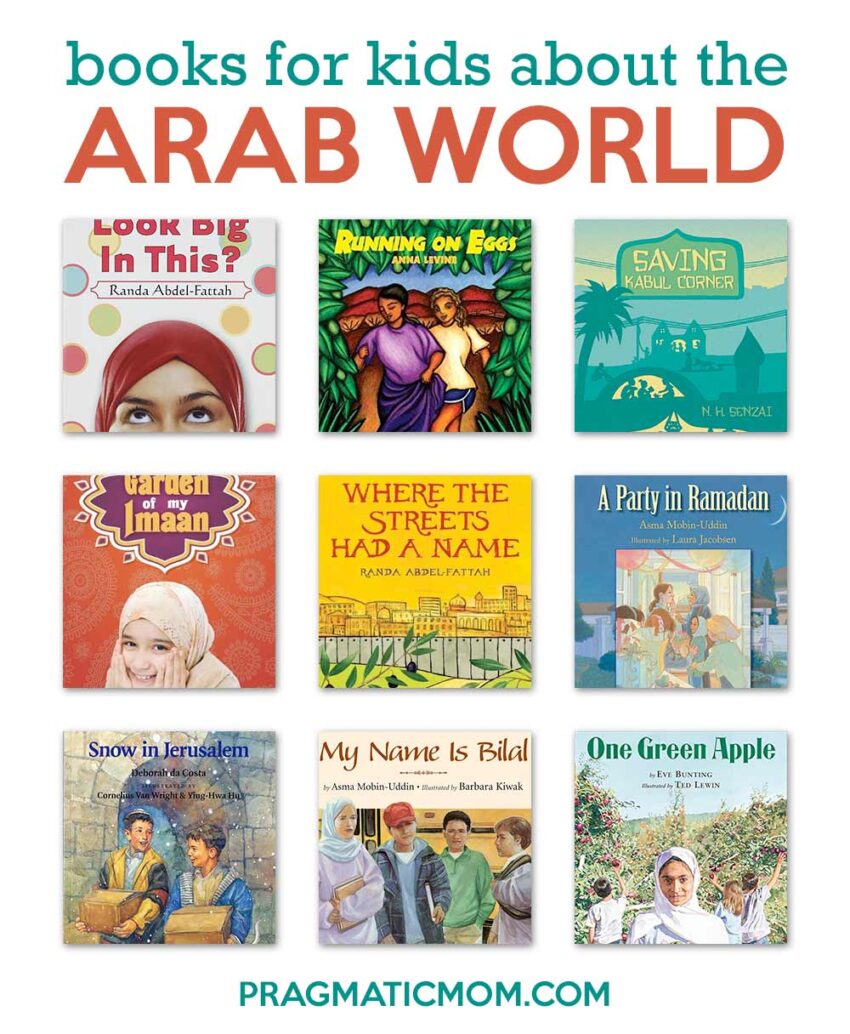
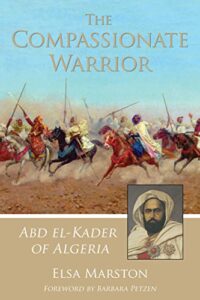

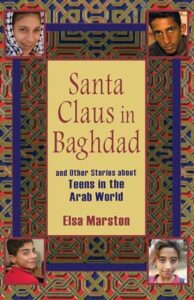
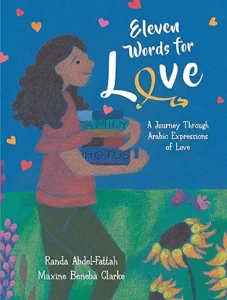
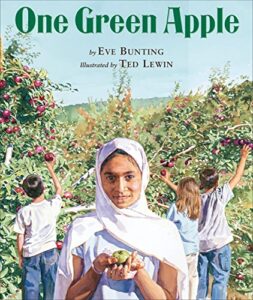
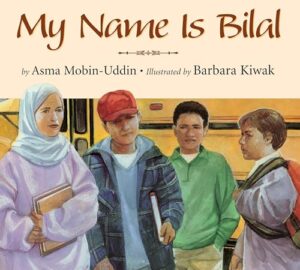
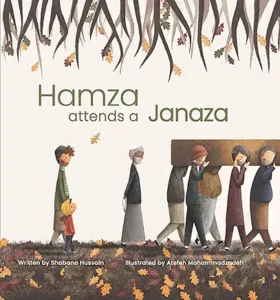
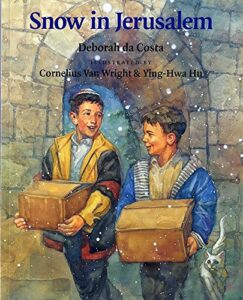
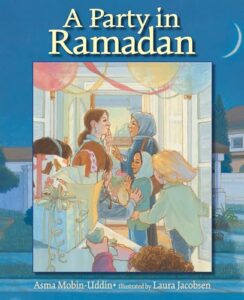

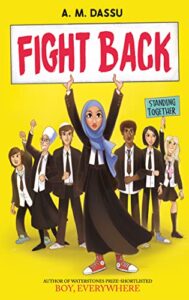
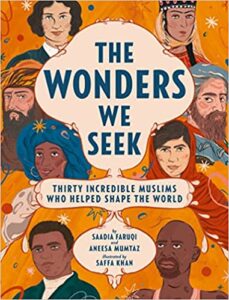
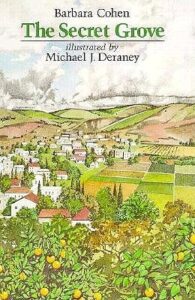
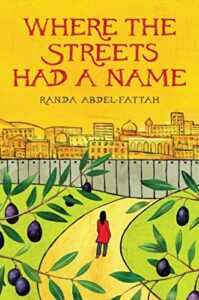
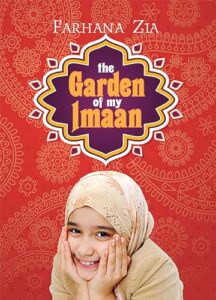
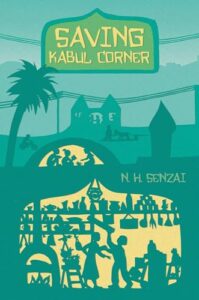
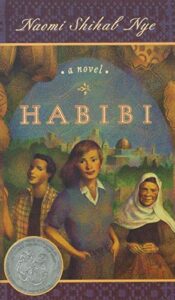
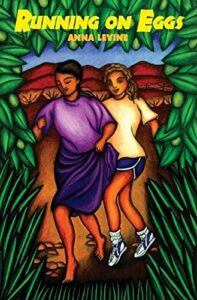
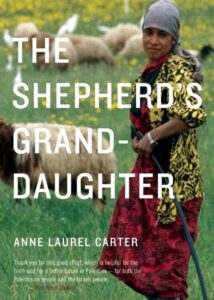
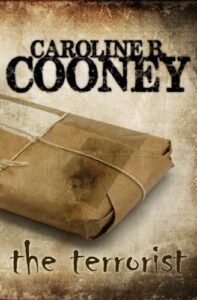
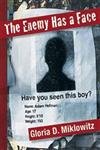
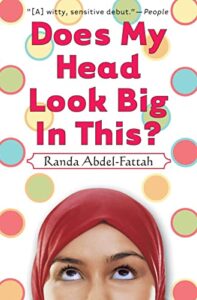
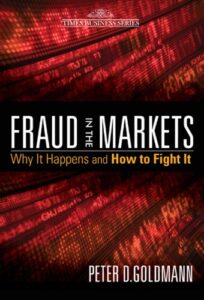
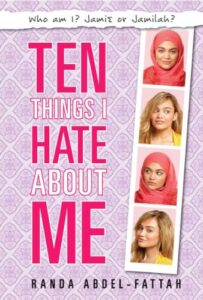
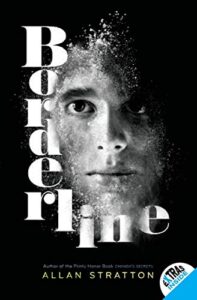
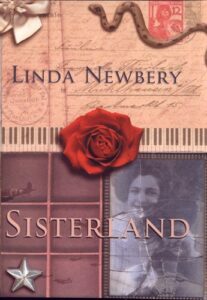
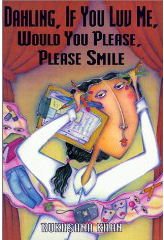
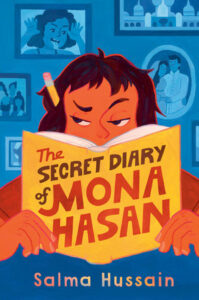
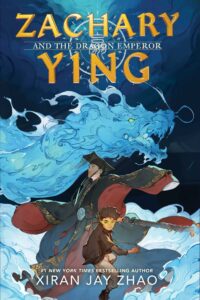
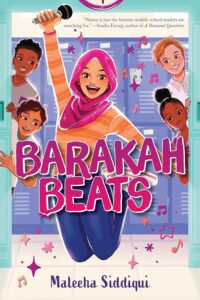
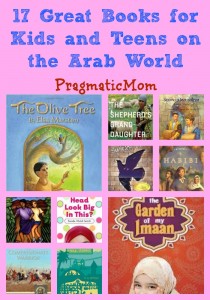
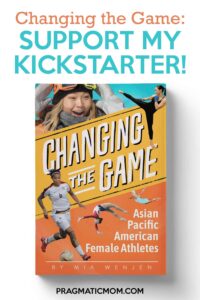

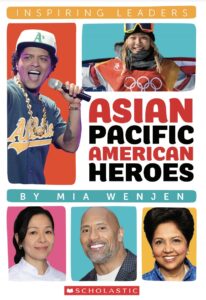


I love “The Olive Tree”. I need to read some of the other books on this list.
Hi MaryAnne,
The Olive Tree is great! I’m so grateful for Elsa’s list today! It’s so hard to find great books on the Muslim world for kids and she’s an expert on this!
Yes, I’ve wanted to review THE OLIVE TREE. Elsa’s books look wonderful. And, I want to feature more middle eastern books. Wow, she certainly share a long list of other books that look wonderful. Very important post. Thank you!
Hi Patricia,
I think it’s so hard to find great books about the Middle East for kids and they are more needed than ever! I’ll let Elsa know that you want to review her book!
Thank you for sharing this list with us at Mommy Monday! I will have to look into some of these books.
My daughter is currently reading “Just a Drop of Water” have you read it? The book takes place during and after 9/11. The main character of the book has a best friend who is Muslim, but having a best friend who is Muslim following the aftermath of 9/11 brings new struggles.
I cannot wait to read it after she is done 🙂
XOXO
Hi Mrs. AOK,
Thanks for your great book suggestion, JUST A DROP OF WATER. I haven’t heard of it and I will add it to my list! Sounds great and perfect for this list.
Great Article, great start! More books are coming as Muslims are writing more for Muslim and non-Muslim readers. Mac McGooshie writes children’s books with her own take on Muslims in America from the viewpoint of a 9YO girl and (new series coming soon) a 7YO boy. (Disclosure, Mac McGooshie is my pen name and alter ego.)
The Lulubug series (Lulu and the Very Big Meanies and Lulu and the Monkey Marriage) features an Egyptian American Muslim family who is finally coming to a decision to leave Small Town, Southern USA, not because of the animosity of the town (to the town’s and the US’s credit) or because the family was unable to assimilate into the society, but because the values held by the townspeople and the Muslim family don’t align well enough anymore, and the relationship can’t last as the kids reach adolescence.
That said, the parents do believe that there is at least one town in the US where the family will continue to thrive, if they pull up their roots. I don’t think this is too different from any American parents who choose to move in order to make a better life for their kids. It’s kinda the American way.
Hi Debora,
I’d love to review your ew book! And I’ll track down the Lulubug books. Thanks for your great recommendations! I’m glad there are more books for kids on Muslims. We all could benefit from more understanding of Muslim culture and religion!
Thanks for this list- I am excited to expand our home library and share some good literature from a different part of the globe. Ordering The Olive Tree to start…
Hi Lauren,
I’m so glad you like the list from Elsa!
This is exactly what we need right now. So many terrible things could be avoided, if we just found common ground with others. I read the Kite Runner and A Thousand Splendid Suns when I was a teen, and it gave me something to begin to understand a culture I didn’t understand at all. That’s the power of books! I’ve looking for some on Islam for younger kids for a while. Thank you!
Hi Brit,
Thanks so much for your kind words. I’m so glad that this list is helpful. I’m trying to post on Muslim and Arab world as much as I can though I am by no means an expert. I feel the same way; we can all benefit by learning and that helps to dispel the racism that our U.S. media is feeding us.
There’s a great need for good books on this topic. ignorance breeds fear; reading and educating oneself on Arab and Muslim life helps us understand others better. Thanks for this list
Hi Gayle,
Valarie and I are pushing this because you are exactly right. The media portrays only extremists and encourages fear and misunderstanding of ordinary Muslims but that’s not accurate at all. I think educating at a young level through picture books is one way to combat that.